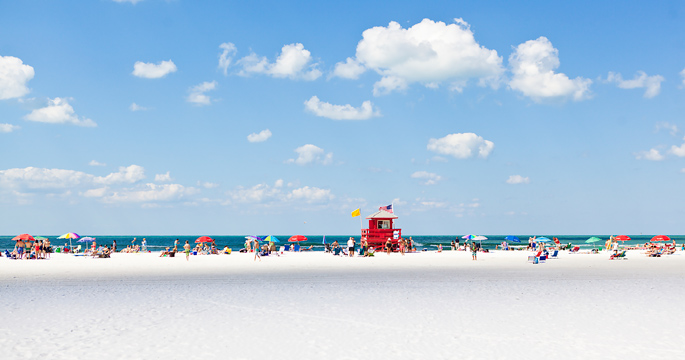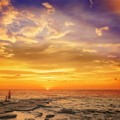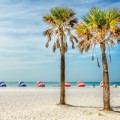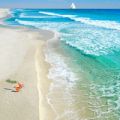A trio of beaches with the world’s softest sand
What does it take for a stretch of sand to be named “America’s Number One Beach”? That depends on the findings of coastal geologist, Dr. Stephen Leatherman, aka Dr. Beach. He travels the nation’s coastlines with a list of criteria used to rate each beach, scoring for everything from views, access, trash and litter to temperature, sand softness, currents, water color and more. On 2011, these rankings earned the shores of Siesta Key top honors. But this is no surprise to anyone who has visited this Gulf Coast oasis of sun and sand, as it has always been at the top of their list.
Some say it’s the sand at Siesta Key that makes it so memorable. It’s so soft it feels like you are walking on sifted flour, and it remains cool on bare feet, even in the heat of summer. Unlike many beaches, which are made of pulverized coral, the sands of Siesta Key are 99 percent pure quartz, a quality that has earned the recognition as the whitest and softest sand in the world. The water color is equally alluring; in the winter months it’s an inviting aquamarine and during the heat of the summer it shimmers lime green under the sun. The waves are gentle rollers in December but come July the sea is a pancake-flat, perfect for that first time on a paddle board tour or just bobbing on a float.
The eight-mile stretch of Siesta’s coastline includes three beaches, just south of Siesta proper is Crescent Beach which runs into the popular snorkeling spot known as Point-of-Rocks. The southernmost tip of Siesta Key turns into Turtle Beach, a quieter strand favored by beachcombers and shell collectors. The island’s namesake strip remains on the top of most beach goer’s list, catering to everyone from grandparents to toddlers. The active set has volleyball, rollerblading and bicycling. Hippie-types love the sunset drum circles, and sand artists come to the annual sand castle contest every November. We like it year round.






